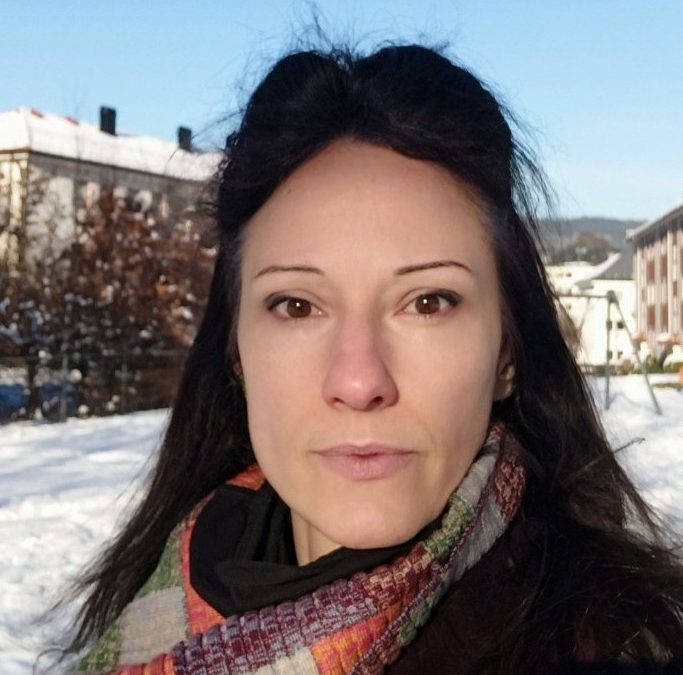Ana Milojevic is the Marie Sklodøwska Curie postdoctoral research fellow at the Department of Information Science and Media Studies at the University of Bergen. Within Horizon 2020 project Datafication, Media and Democracy: Transformation of news work in datafied society – DataMeDe, she examines the role of audience datafication in transformation of news-work. Milojevic is mainly interested in the changing role of journalism in the society, and focuses on the transitional and polarized media systems, and on the context of media transformation in the digital society. She has researched perceptions of journalists, editors, media owners, journalism students as well as media content, applying content and framing analysis. Milojevic has authored and co-authored dozen chapters in books and conference proceedings, and published in peer-reviewed journals including Journalism, European journal of communication, International journal of communication.

